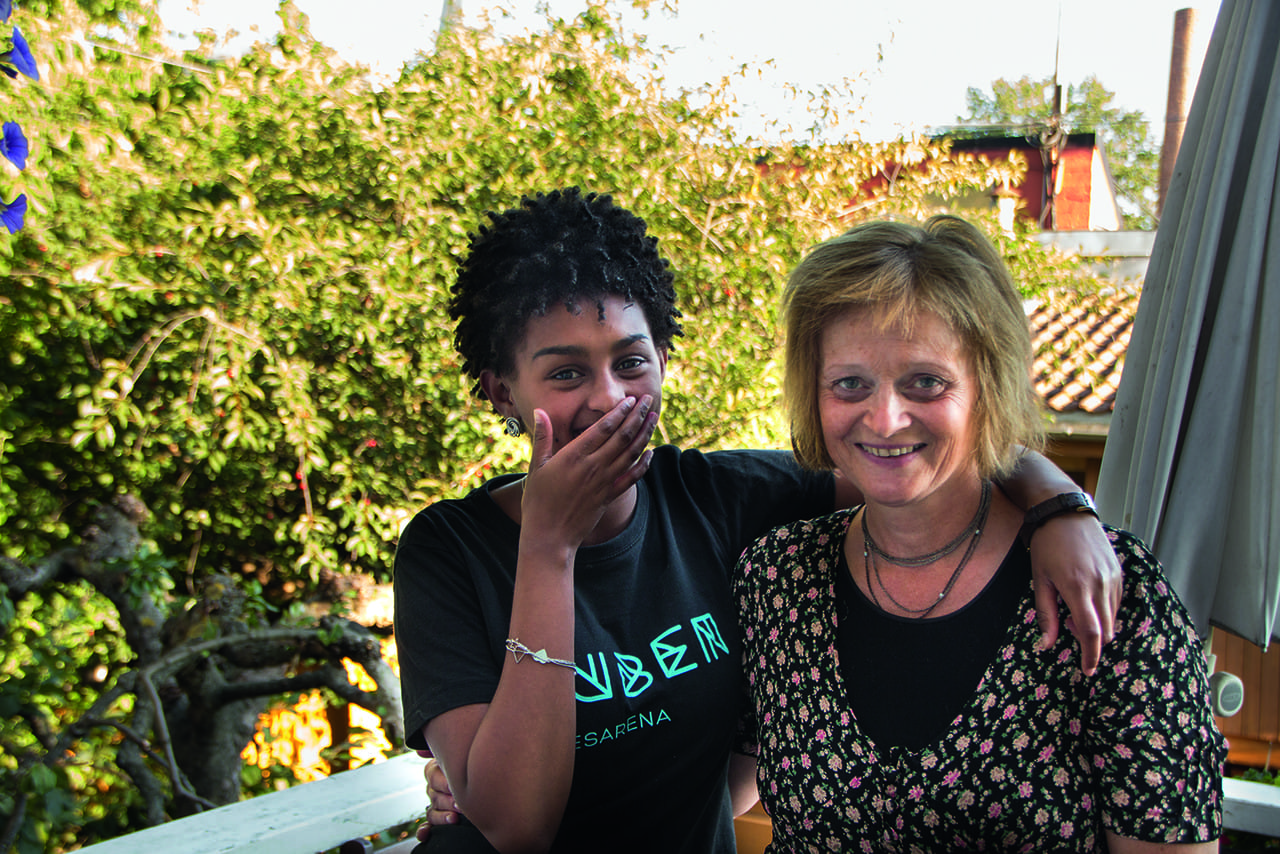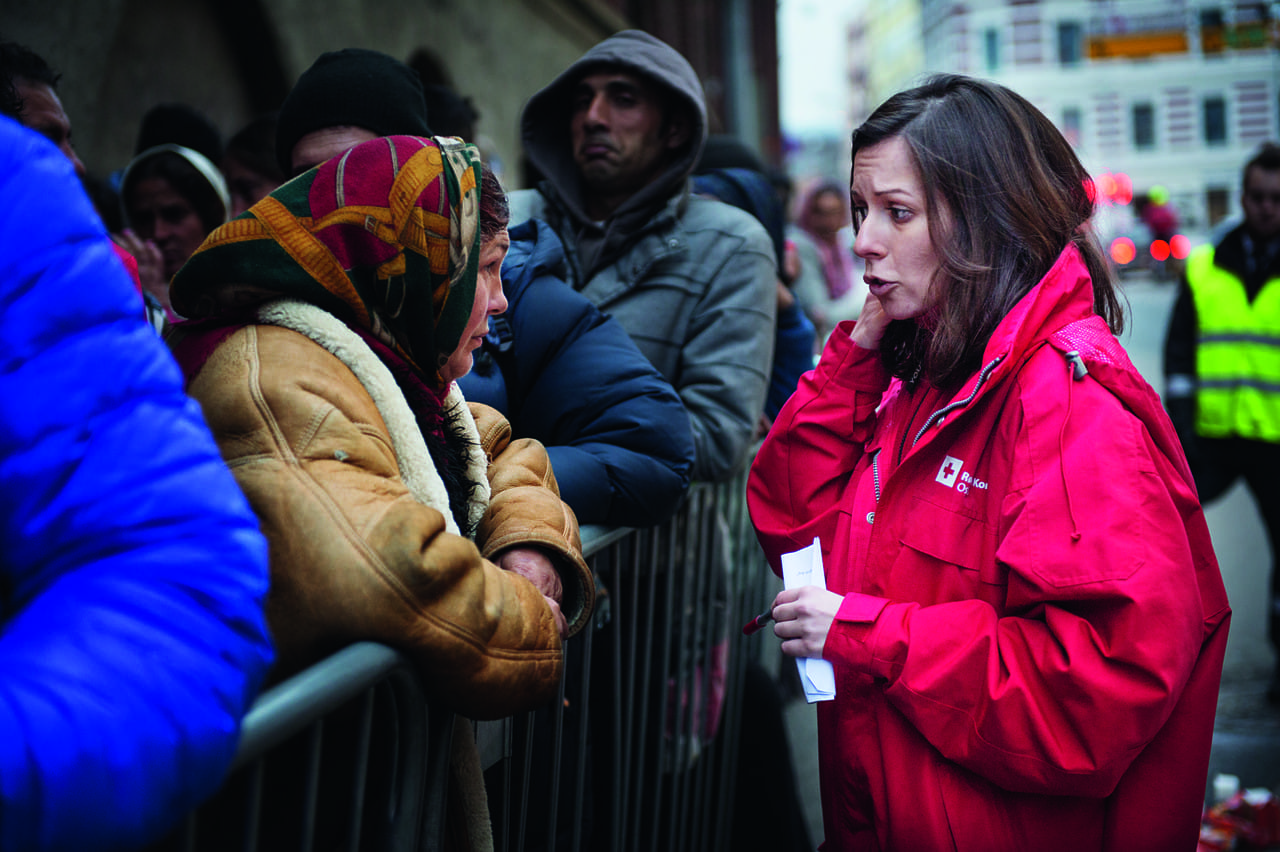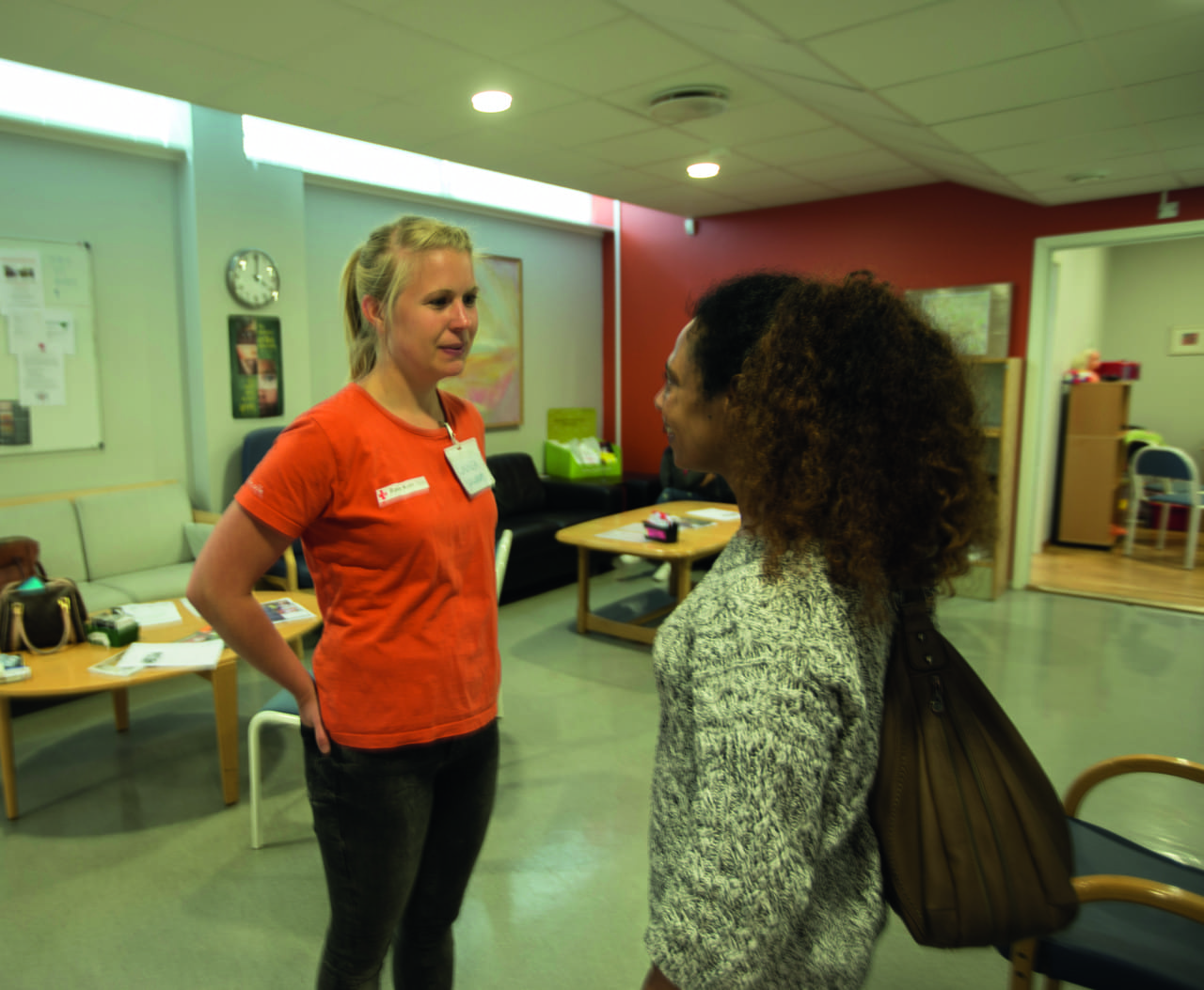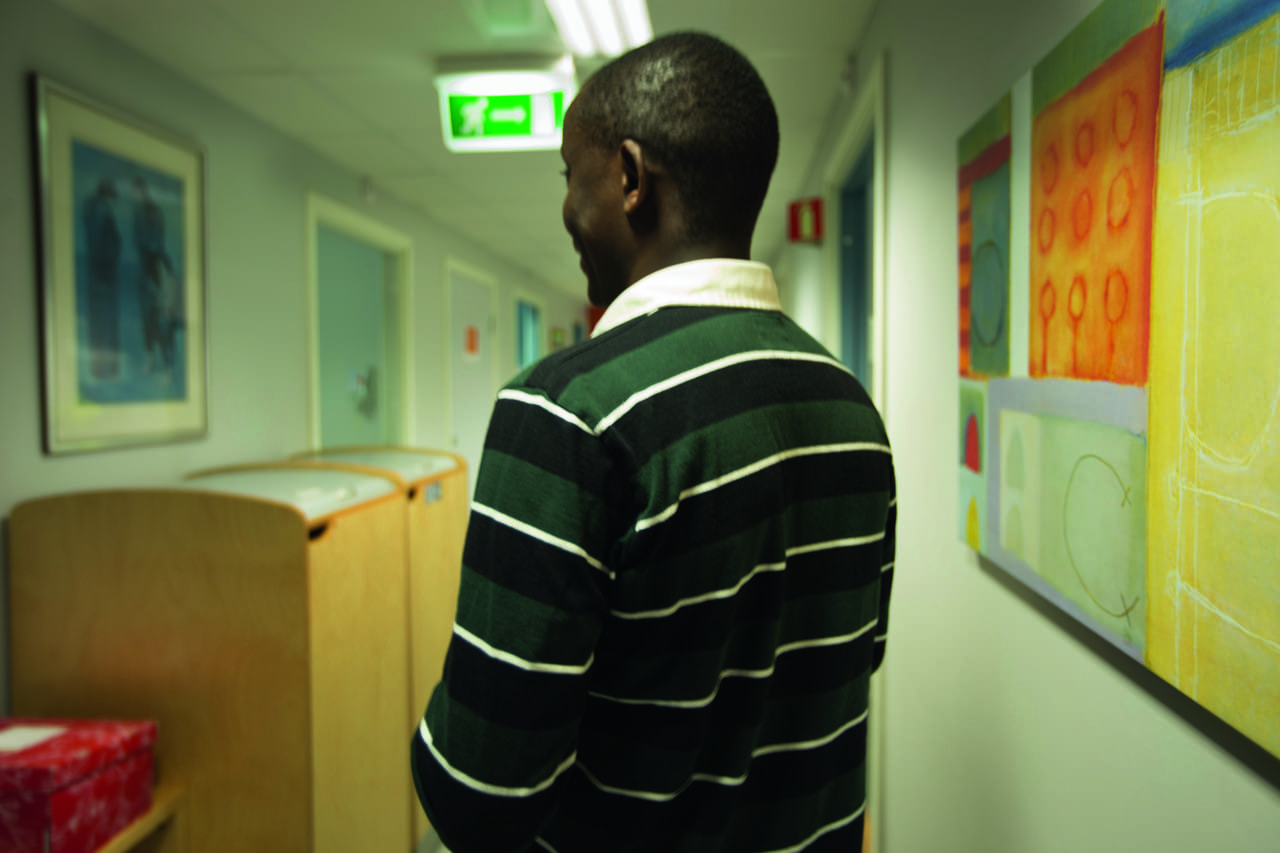Even for those who are granted residency as refugees, integration in Norway is not necessarily easy. Here, refugees granted asylum are assigned to live in specific municipalities in various parts of Norway. Until then, they wait in temporary facilities, usually between 9 and 12 months, called reception centres.
The Norwegian Red Cross offers services and activities at many of the reception centres and they continue reaching out in various ways to refugees once they are settled in to their new communities. Language training, for example, is offered in most Red Cross branches, while volunteer ‘refugee guides’ are paired with individual refugees for weekly sessions in which they can talk, practise speaking Norwegian and discuss the country’s institutions, culture and daily life.
Kaysa Amundsen, a volunteer and refugee guide based in Bergen, in western Norway, says volunteers often develop into lasting friendships. In Bergen, they even have a refugee and refugee-guide hiking group. “One weekend every year, we hike the Galdhøpiggen, the highest peak in Norway,” says Amundsen. “The trip is free but the migrants need to come for training sessions.”
Why hiking? “It’s a pleasant, natural way to get to know one another,” she says. “And generally, Norwegian people like to trek so it helps the refugees fit in. We joke that you can use diplomas to apply for a job and that’s ok, but once you tell them you’ve been on Galdhøpiggen, they will hire you.”
The National Society also offers some services specifically for women, who face special difficulties in their adopted country. One of those services is the Stella Café, a resource centre for women trying to enter the job market. Some 170 volunteers offer roughly 90 hours of activities each week, from yoga and English lessons to one-on-one coaching sessions. Complete with a small coffee bar, the café brings together about 40 women each day from places as far afield as Iraq, Poland, Russia, Somalia and Ukraine, among other places.
Many of these women were highly educated professionals in their countries of origin. Here in Oslo they are starting from scratch. Many have lost some of their self-esteem in the transition to a new culture and economy, says café coordinator Marianne Bockelie, adding that one of the goals here is to help boost the women’s confidence. “In the labour market today, if you don’t believe in yourself, no one else will,” she says.
While refugees face big challenges integrating into Norwegian life and the country’s migration policy is a controversial topic, Norwegians have shown considerable solidarity with their new neighbours. A newspaper poll in early August, for example, found that 57 per cent of Norwegians had a favourable view towards migrants and refugees. This may have something to do with the general Norwegian attitude. Known for their adventurous spirit, many are very curious about people from other cultures who come to their country.
One difficulty, however, is that under the Norwegian system, municipalities bear the cost of local social welfare needs. Local officials and residents, therefore, are often concerned about whether their communities can afford to welcome more refugees. In addition to helping refugees cope in this environment, one goal of the National Society is to encourage a welcoming attitude through public awareness campaigns and advocacy on the national migration and asylum policy.
 Red Cross Red Crescent magazine
Red Cross Red Crescent magazine 








